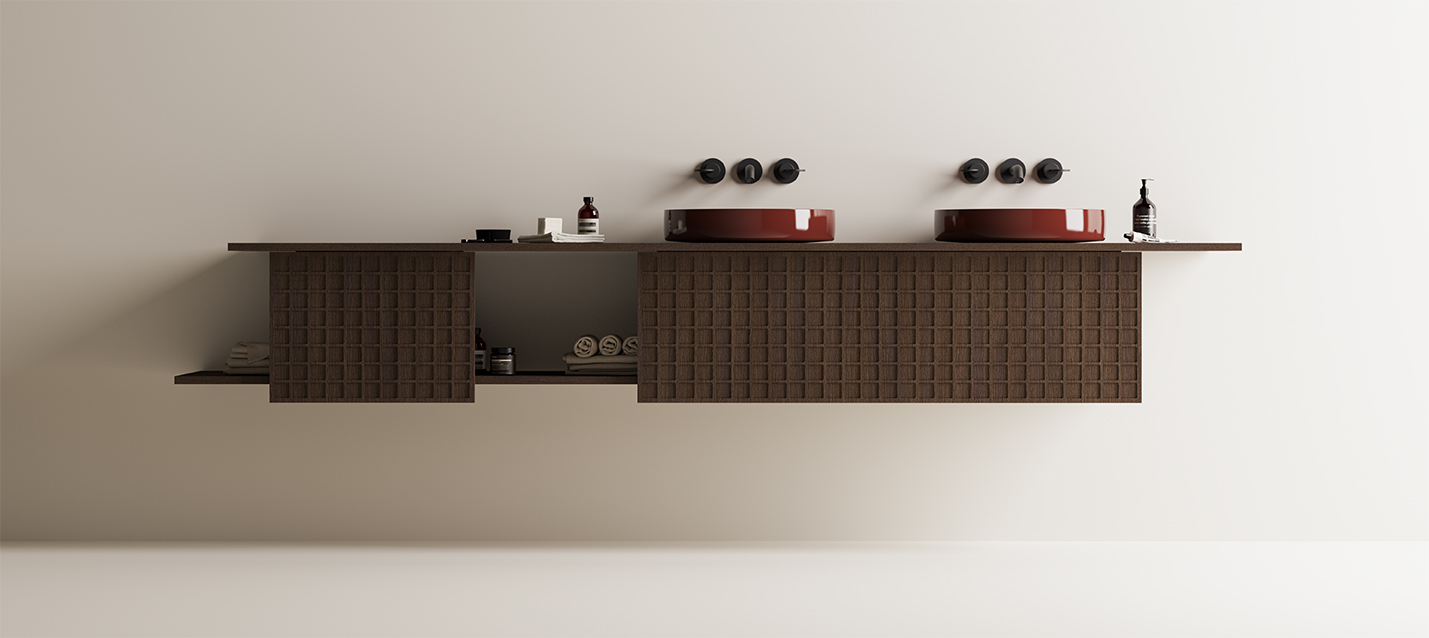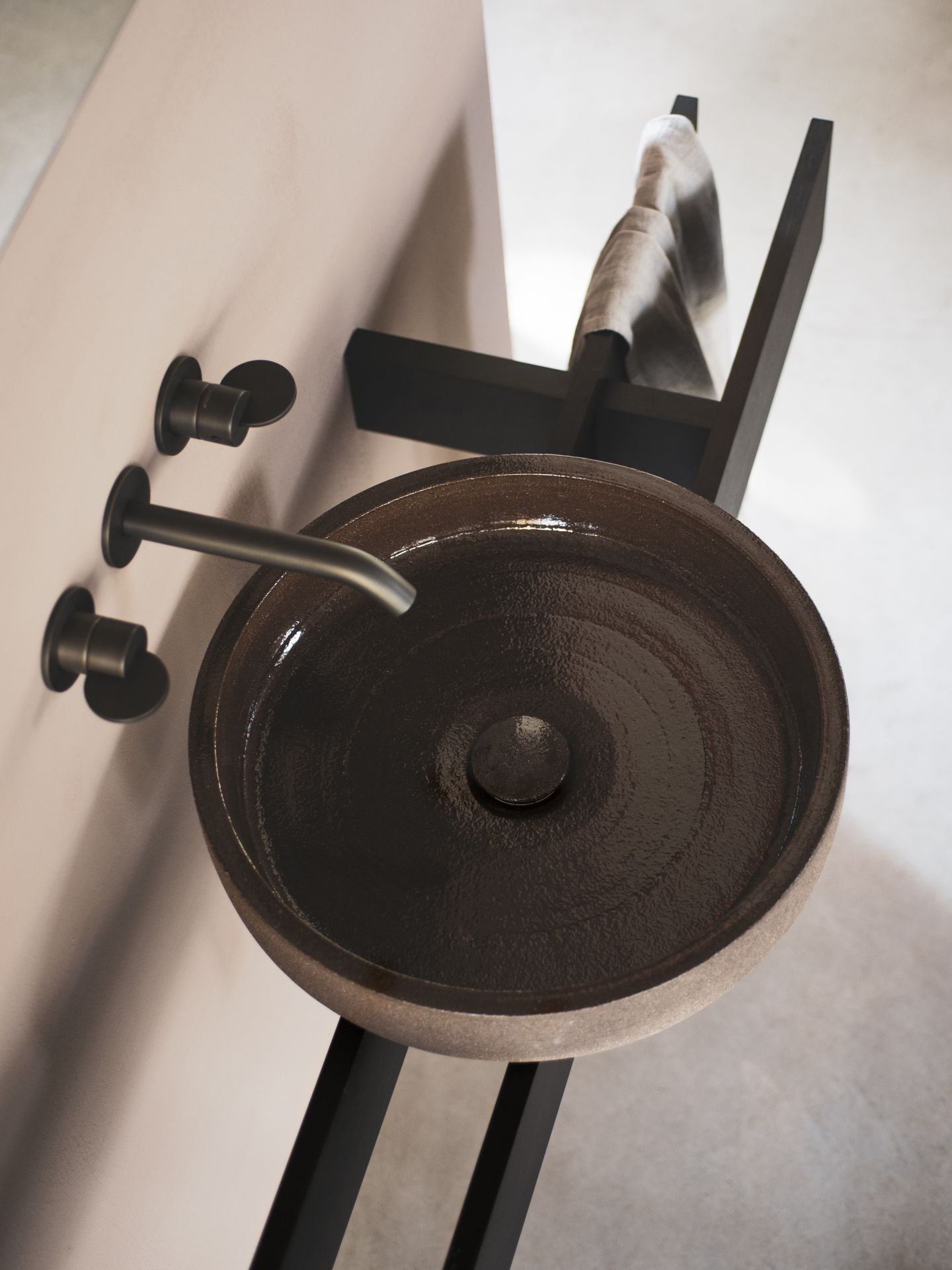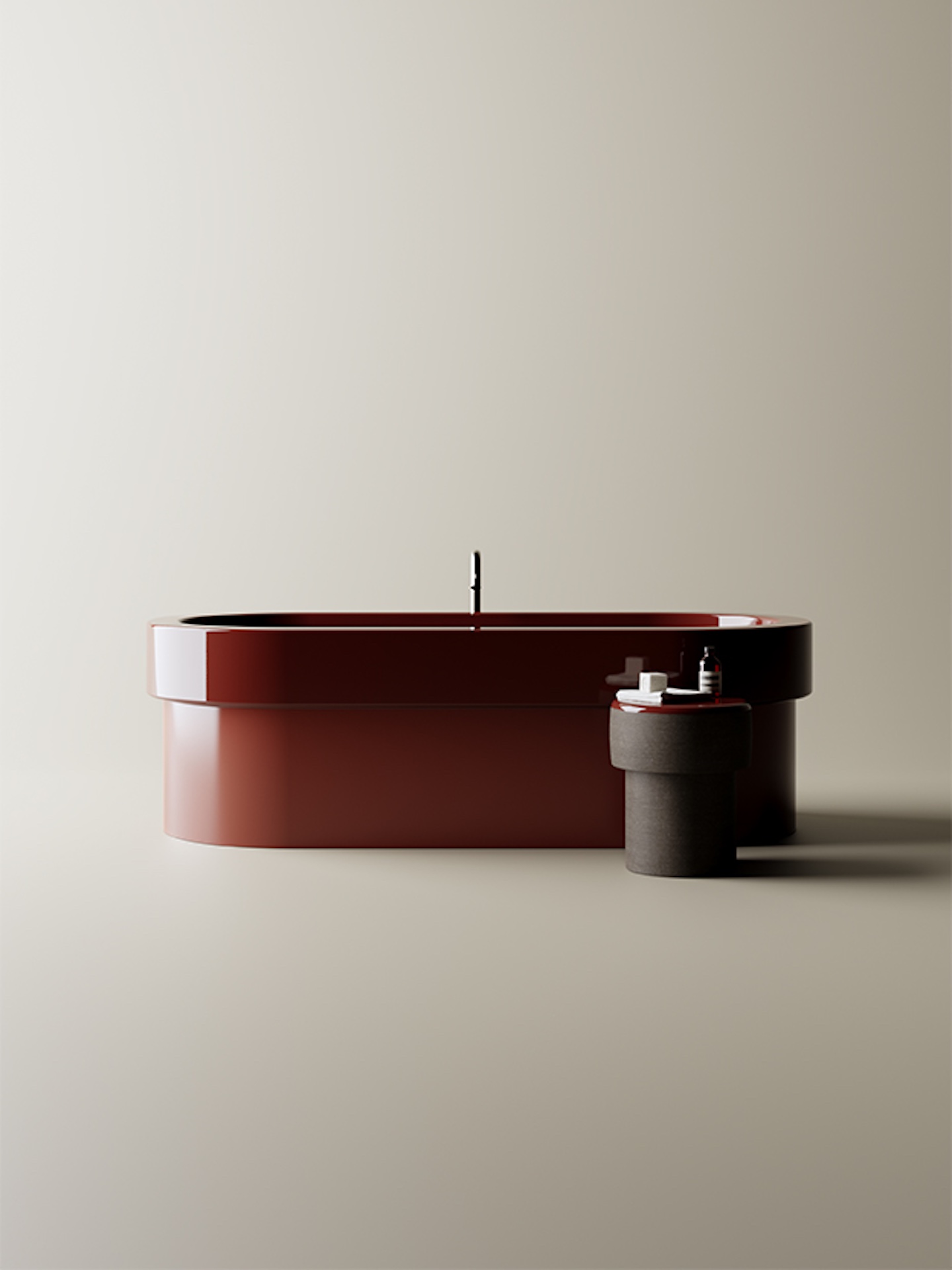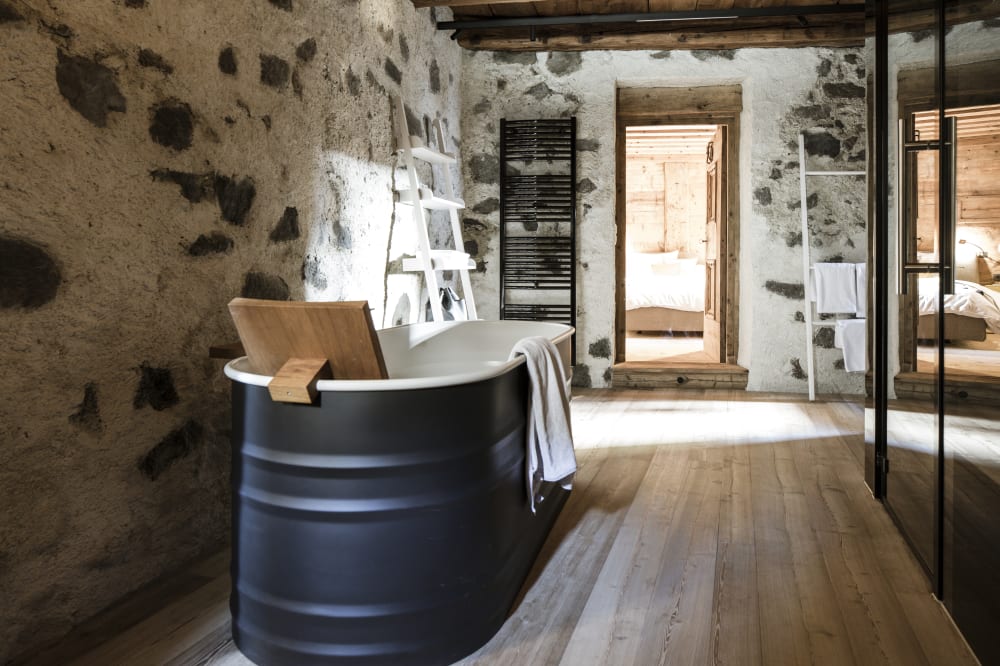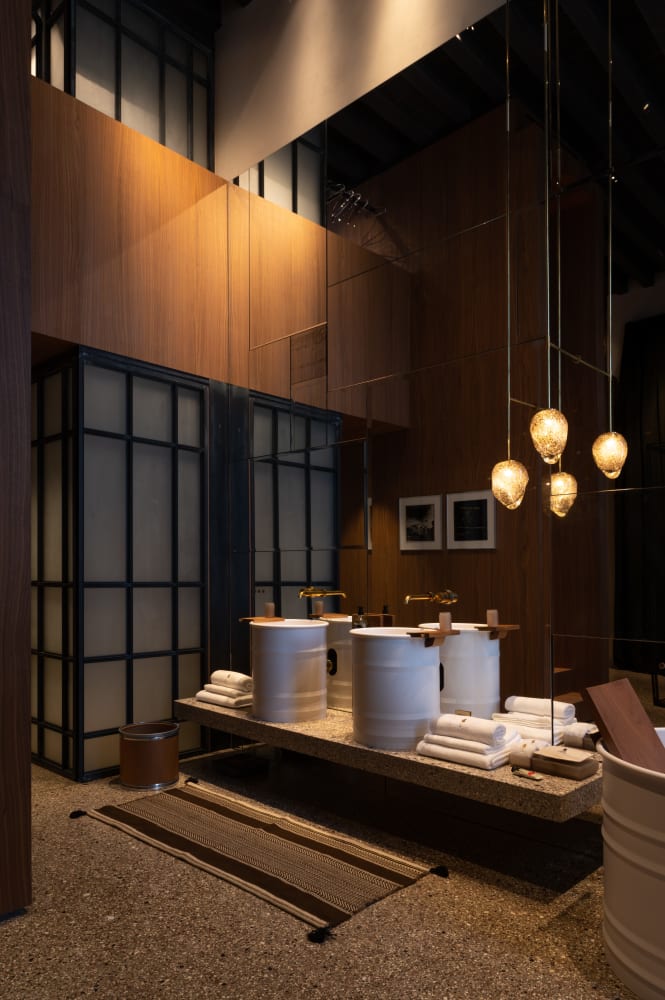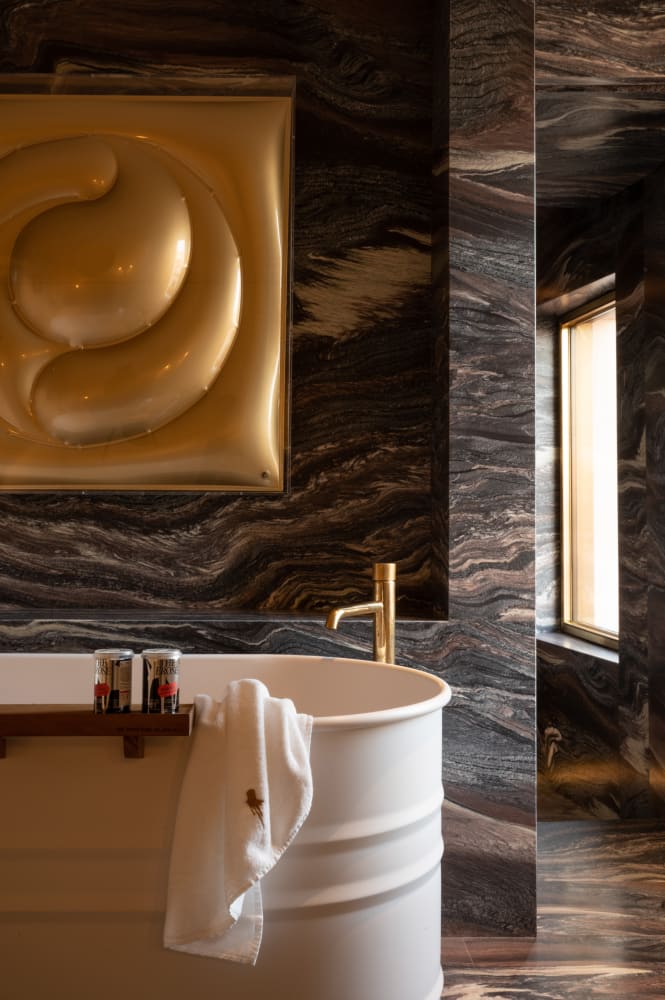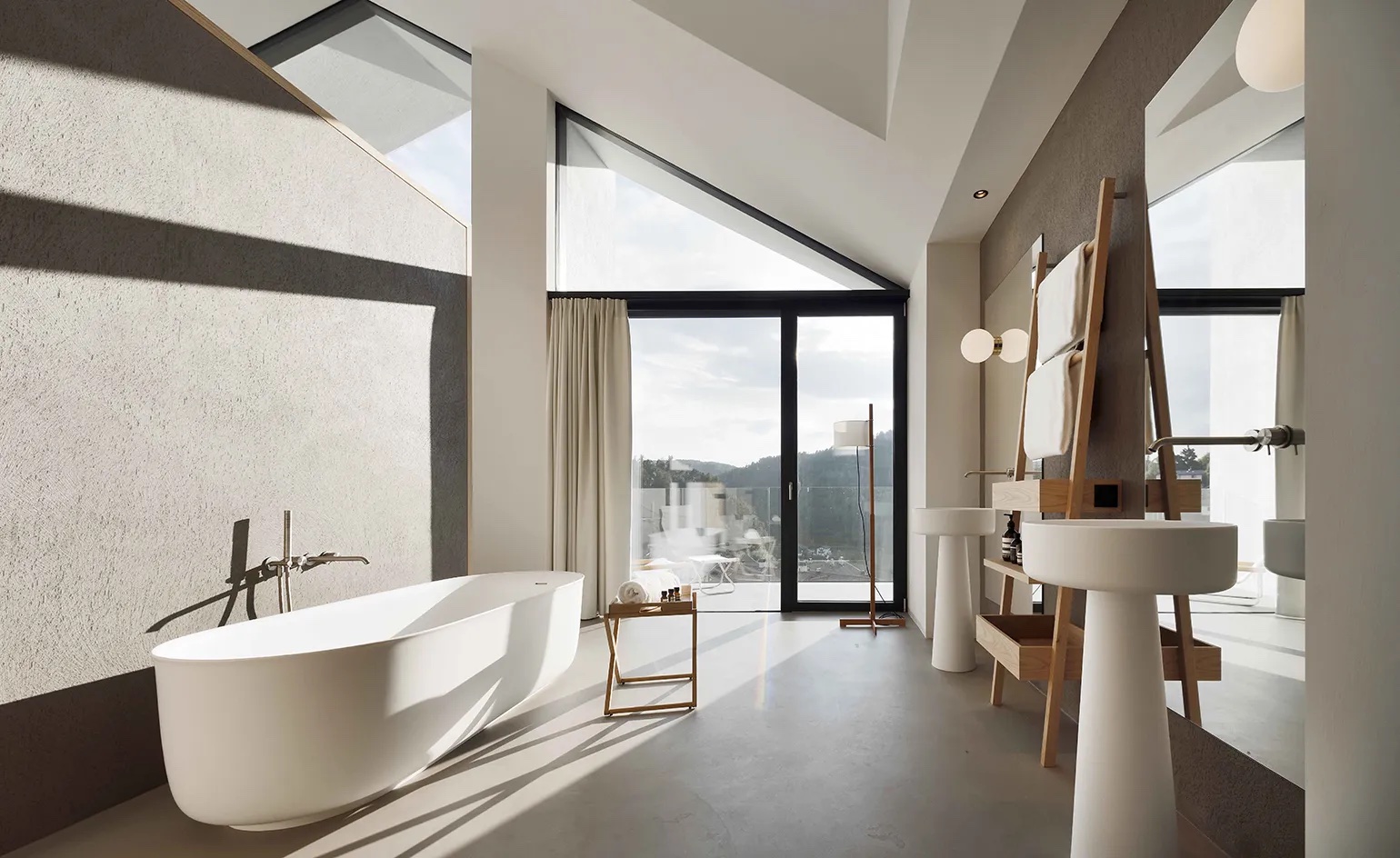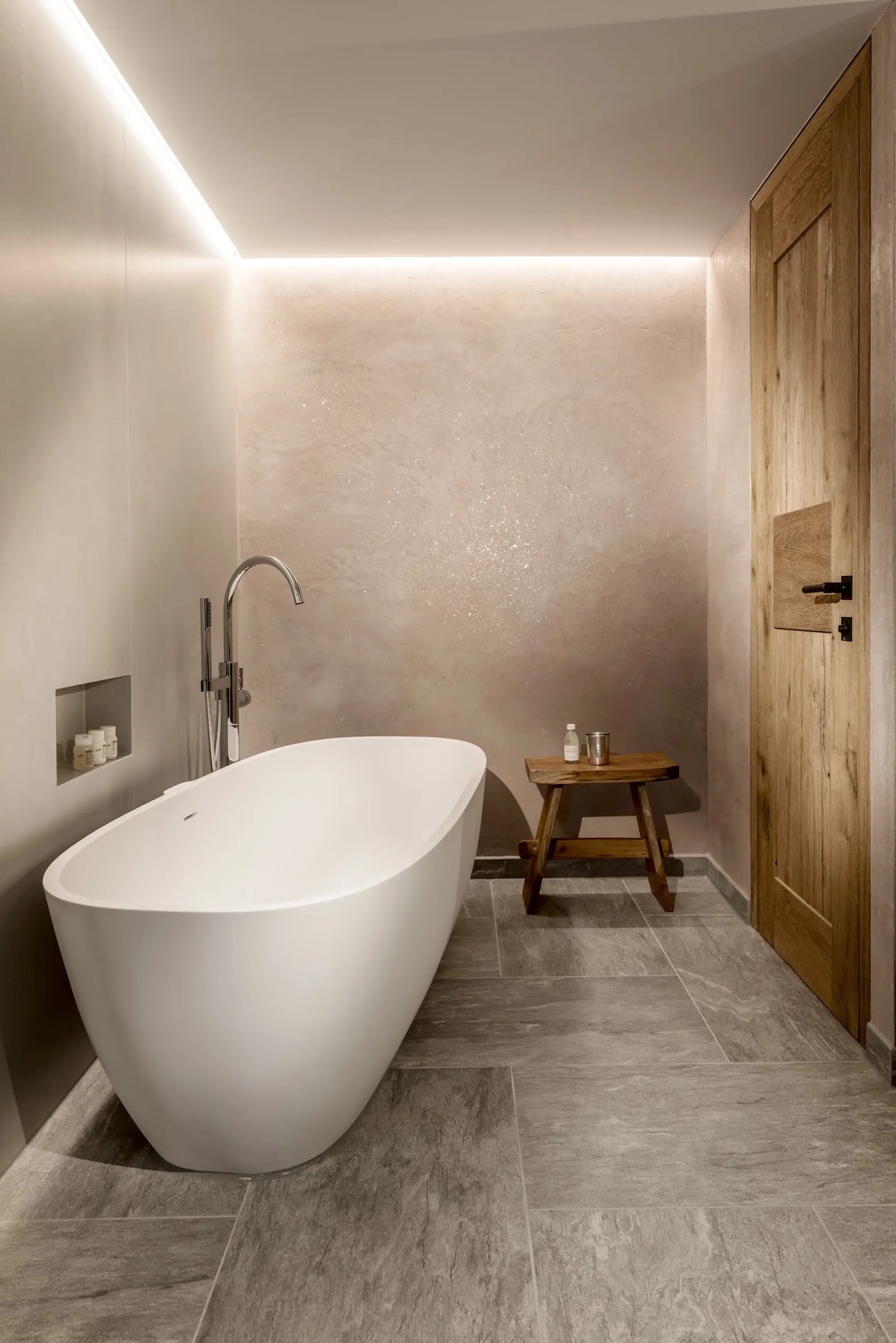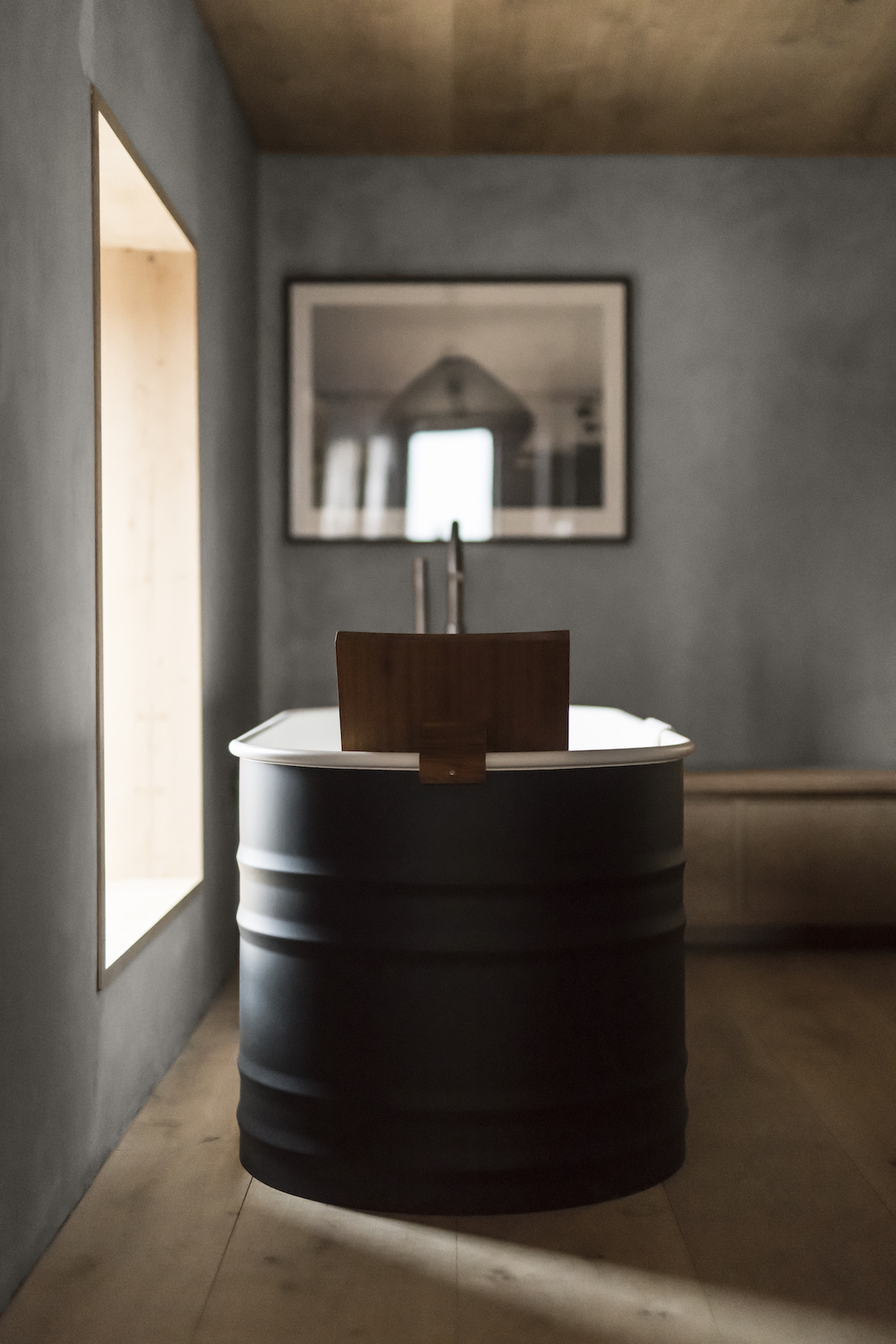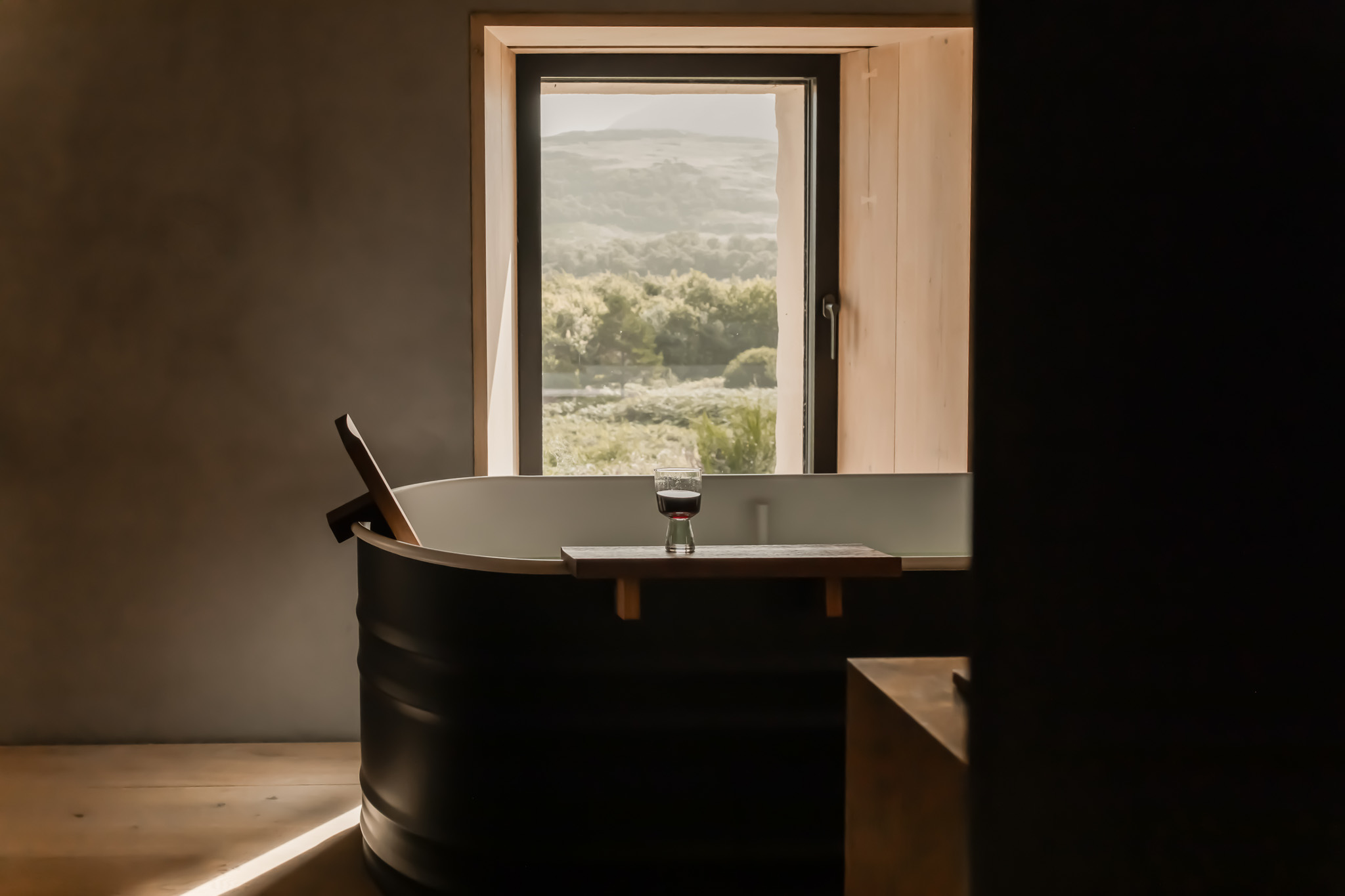JOIN the AFICIONADOS
Get the insider news and lowdown on what we've been up to, where we've been, and who we've met along the way. Be the first to discover new places and get the scoop on our favourites.
Agape has long been the hushed alchemist of bathroom design; a brand of clarity that elevates wet room aesthetics into a statement of beauty. Since 1973, when brothers Giampaolo and Emanuele Benedini laid its foundations, Agape has transformed the bathroom from utilitarian space into a sanctuary; an architectural pause between ritual and repose. As they reflect, "It all started almost by accident, in 1973. We often joke that we would have liked to do something else. And, instead, here we are: diving headfirst into the bathroom, designing the most intimate space in the domestic landscape for 50 years. Having fun, but never losing focus."
Operating from a converted farmhouse in the Mincio Natural Park near Mantua, Agape has spent fifty years redefining how we engage with water, light and materiality. Theirs is a language of sculptural restraint and lasting elegance; a world of tactile minimalism, where curved wood, raw clay, marble and terracotta are never indulgent, but always intentional.
This is a brand fluent in form. Whether collaborating with global titans like Patricia Urquiola, Jean Nouvel or Angelo Mangiarotti, or nurturing its own in-house Agape Studio, the result is consistent: bathroom furnishings that feel both artful and grounded. Agape's strength lies in coherence; a design vocabulary that whispers rather than waves, timeless in tone, yet continuously evolving.
To trace Agape’s design lineage is to travel through decades of poetic form and material honesty. Begin with Erion, a modular wooden system anticipating their modern affection for warm, natural minimalism. Then, Spoon (1998) was a bathtub that shifted the silhouette from utility to sculpture. Woodline softened timber into organic curves; Foglio made the washbasin a quiet stroke of brilliance.
Later came Vieques by Patricia Urquiola; industrial, seaworthy, serene. In-Out, Ottocento and Open Air shaped a lexicon of sculptural tactility. Cenote whispered of elemental restraint; DR channelled Brazilian modernism; and Massicci gave cast glass a monumental stillness. And then, always, Bjhon. Originally designed in 1970 by Angelo Mangiarotti and reissued decades later, its marble form is pure presence; balanced, timeless, precise.
And it is precisely this ethos that makes Agape so beloved by the world’s most visionary hoteliers and architects.
At the Venice Venice Hotel, a palatial ode to brutalism and beauty, Agape’s pieces set the tone: the freestanding Vieques bathtub in white and the Evo 21 – Litorale washbasin becomes a poetic punctuation mark in the narrative of the palazzo’s restful design. There is something cinematic in the way the light hits the Vieques bathtub; industrial, yet inviting. “The use of bold materials in the bathroom adds a touch of drama,” explain the designers. “The dark, richly veined marble contrasts beautifully with Agape’s crisp geometries.”
Meanwhile, high in South Tyrol, Hotel Weißes Kreuz weaves past and present into a lyrical whole. Housed in a trio of buildings, two of which date to the 13th and 19th centuries, the project demanded sensitivity. Agape was an obvious choice. “The Agape products chosen seem to have been specially designed for these rooms,” note the architects. Here, Patricia Urquiola’s Vieques bath nestles within centuries-old stone, bridging heritage and modernity. Elsewhere, DR bathtubs, Pear washbasins and Sen shelves layer functionality with grace. “They give a touch of modernity without competing with the historic architecture,” the designers affirm. It is a perfect tension: an equilibrium of now and then.
At the mountain-side perch, hip retreat hotel Miramonti, set against the drama of the Dolomites, the Immersion bathtub and Ascension shelving system become sculptural anchors in rooms that open out to the alpine silence. As snow falls softly outside, there’s a tactile intimacy to Agape’s presence; each element designed not to impress, but to invite stillness.
Agape’s Vieques tub is poised like a lookout in Scotland's wild north. Facing Ben Loyal, it promises total solitude; no other house in sight, just the wind, the water and the white enamel basin that cradles you in elemental peace.
Set to the mountain backdrop of Vorarlberg in the heart of Austria's resort Lech, luxury Hotel Arlberg is a chilled menagerie of Alpine originality, modern informality and a dialogue with nature. Hip, smooth chalet ambience married to grandmother tradition narrates the hotel’s interiors with its contemporary siblings. In the suites and spa bathrooms, Agape’s freestanding bathtubs and sculptural washbasins sit effortlessly amid this layered charm – crisp silhouettes that speak to both legacy and renewal.
The Schgaguler Hotel is a modern luxury retreat set in the UNESCO heritage-protected village of Castelrotto, overlooking the Alpe di Siusi. Milan-based Peter Pichler Architecture reimagined the third-generation family hotel with a sculptural clarity that responds to both Alpine tradition and bold modernity. The cubic, white-framed façade evokes the surrounding Dolomites, while floor-to-ceiling windows and bespoke carpentry define the interiors. Minimal yet warm, the spaces blend Italian elegance, Japonesque detailing and a Nordic sense of calm. From spa to suite, the atmosphere is one of clean-lined sophistication and considered design.
As Peter Pichler, one of Agape’s frequent collaborators, puts it: “Our design proposal is based on an elegant and timeless design. This is translated into the choice of washbasins designed by Angelo Mangiarotti. We found his design to be an ideal sculptural object.”
Agape’s 2025 novelties continue its legacy of refined craft and sculptural precision. From the monolithic Massicci washbasins in solid cast glass to the Cenote bathtub now available in Cristalplant® Biobased, each piece embodies material poetry and artisanal depth. The Settecento bathtub channels classical elegance with contemporary finesse, while the Immersion series pays homage to Japanese bathing rituals. Palissandro Indiano wood enriches the Craft system, layering warmth and texture. These new additions reveal Agape’s unwavering commitment to tactile sophistication, where every surface tells a story, every detail is deliberate, and every object becomes a quietly powerful presence in space.
Fifty years on, brothers Giampaolo and Emanuele Benedini’s accidental Agape still leads by listening; to architects, to context, and to the quiet murmur of water against stone. Its vision remains refreshingly clear: not to decorate, but to design with purpose; to craft pieces that feel inevitable. In a world cluttered with novelty, Agape offers architecture for the senses.
